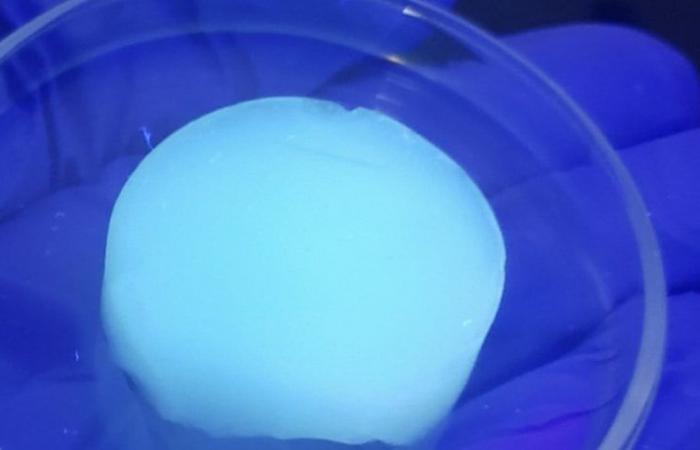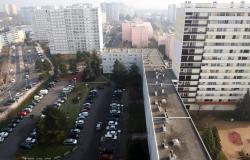A group of physicists, chemists and metrologists(1) from the CNRS, the Claude Bernard Lyon 1 University, the CEA and the ENS of Lyon have developed a new method “ both faster and more economical » to monitor radioactive gas emissions in nuclear power plants in real time.
“Natural” discharges under surveillance
When producing electricity or recycling radioactive waste, the nuclear industry releases radioactive gases, including tritium (3H), du krypton-85 (85Kr) et du carbon-14 (14C).
Krypton-85 is for example “ a fission product present in the fuel rods, but there is always a little of this noble gas – which easily passes through the smallest hole – which is released and which is therefore followed over time. If the values are too high, action must be taken, this is what happened to the first version of the EPR in China a long time ago », specify Christophe Dujardin (Claude Bernard Lyon 1 University), Frédéric Chaput (ENS-Lyon) and Benoit Sabot (CEA)(2).
Tritium and carbon-14, produced in and outside the reaction core by the flow of neutrons, are also released into the atmosphere and the ASN requires all installations to take stock of these “natural” releases (therefore measurements )(3).
An “indicator of proper functioning”
The ratio of these radioisotopes is “ an indicator of proper operation (no reactor leaks for example) » nuclear installations, summarizes the group of researchers.
These radionuclides do not present high toxicity: they “ are among those whose radioactive decay is not accompanied by the emission of gamma rays, are pure beta emitters, and require specific detection and measurement processes », Specifies the CNRS.
Currently, the technologies used are based on gas-liquid and gas-gas mixing principles, but “ they are expensive and complex, do not allow radionuclides to be distinguished quickly, generate waste and are very ineffective for some of the radioactive gases analyzed », according to the CNRS.
A new material, an “original” set
The new detection method developed by researchers from the CNRS, Claude Bernard Lyon 1 University, the CEA and the ENS of Lyon is “ based on a gas-solid mixture ”, with an airgel “ about a centimeter thick and a few centimeters in diameter » made up of nanoparticles of scintillating materials whose size is of the order of 5 nanometers (1 nm = 10-9 m).
« This composite has an ultraporous structure, similar to a sponge, made up of only 15% solid while being transparent », details the CNRS: when the analyzed gas comes into contact with the aerogel, the latter “ converts the energy produced by the emission of electrons during the decay of radionuclides into visible light “. Concretely, a light flash is produced and each photon emitted is measured “ as if instantaneously »(4).
This new detection method is distinguished by the material used (glittering sponge) for “ provide in real time the value of the Kr-85/H-3 ratio » but it is « the whole Material – Detection chain – and analysis of the information which makes the whole very original and efficient », insist Christophe Dujardin, Frédéric Chaput (ENS-Lyon) and Benoit Sabot.
Finalize an “easily transportable” prototype
The advantages of the new method developed are numerous, with the CNRS emphasizing in particular that “ the inorganic scintillator is not contaminated by radioactive gases, which makes it reusable and limits the production of waste, unlike other techniques. This new approach to detecting radioactive gases makes it possible to envisage a large deployment of sensors dedicated to the monitoring of civil nuclear activities. », with subsequently other possible fields of application(5).
Among the challenges linked to this method, the team of researchers indicates that “ the synthesis and manipulation of airgel is currently delicate “. In the next two months, the stated objective is “ to finalize an easily transportable prototype and test it in real conditions in order to confront it with reality on the ground ».
It should be noted that this work is part of the European SPARTE3 project and has already been the subject of several patent filings.






